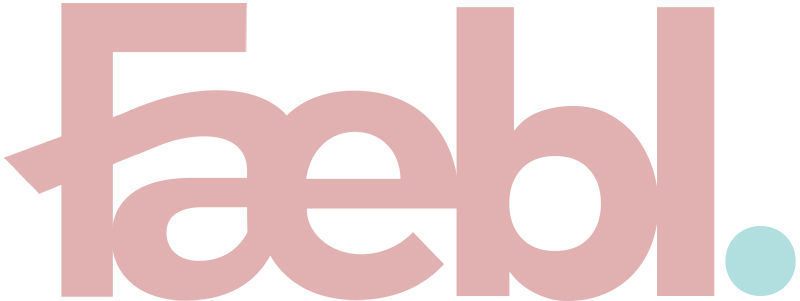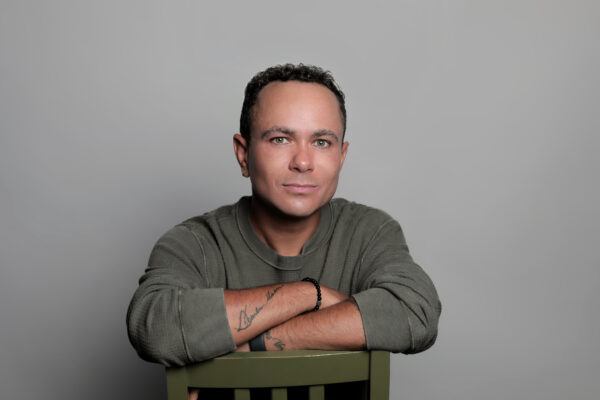The drug rehab digital marketing landscape is ever-changing and constantly evolving, which can make acquiring new clients in the substance use treatment industry a challenge—especially if you’re a facility operator and not a digital marketer.
Understanding the different digital marketing channels available can help you to determine the most effective methods to fill your treatment center to capacity—both in the short term and the long term. Continue reading to learn more about what it really takes to acquire new clients and how Faebl approaches client acquisition.
Visibility Basics
When beginning a new client-converting marketing plan, we always start with the basics: the treatment center’s online visibility.
When a potential client searches Google for a keyword — let’s take, for example, “drug rehab near me” — Google will provide them with three types of results.
The first results to appear will be paid search advertisements, known as pay-per-click (PPC) Google Ads. This is a drug rehab marketing method that allows advertisers to pay each time one of their advertisements is clicked. In other words, treatment center advertisers are renting space at the top of each Google search. More about this later.
The second, particularly when services or businesses are involved, are Google My Business (GMB) results, more commonly referred to as the “map pack.” Google determines the map pack’s results by considering each business’s location, positive reviews, and relevancy of the search query. Google My Business is a free business listing service. Business owners can post necessary details to their GMB pages, including operating hours, location, and contact information.
The final results to appear in a Google search are the organic search results, which are ranked using a series of algorithmic factors, including the chosen search words, location, and expertise of the source, among others. The process of influencing these factors through content and technical website optimizations is called SEO (Search Engine Optimization).
Understanding where your treatment center ranks within a basic Google search is imperative in order to optimize your client acquisition marketing tactics.
Where to Begin Your Drug Rehab Marketing Journey
When planning your detox, rehab, or IOP digital marketing journey, it is necessary to consider what will help you in the short term, but in that same breath, it’s important to consider what will be most beneficial in the long term.
Organic search has historically been the most effective inbound marketing technique, with 53.3% of trackable web traffic deriving from organic searches. As enticing as it is to begin your marketing efforts on the technique that provides the most significant return on investment, remember that creating quality Google SEO for drug rehabs takes time.
Conversely, Google Ads (PPC) can give you immediacy by purchasing the space at the top of the search results, however it can be considerably more expensive over time than SEO. The key is to deploy a thoughtful, long-term growth strategy that strikes a balance between these two approaches.
Google Ads Basics
As the name suggests, every time someone clicks on your pay-per-click ad at the top of a Google search, it costs you money. We find that when a new Google Ads campaign is deployed, drug rehab advertisers can expect to see an initial average Cost Per Click (CPC) of around $22. It is important to note that average CPC varies based on a facility’s location, levels of care, insurance acceptance, the target keywords, and a number of other factors involved in setting up a campaign. It is also important to note that this average is based on high-intent keywords, which are keywords that indicate a higher likelihood on behalf of the searcher to conduct a particular business transaction.
Using this information, we can determine our paid advertising investment based on the number of new potential clients we’d like to target each month. In other words, these are the clients who can fill your treatment center immediately.
Cost of PPC
So what does all of this mean for your treatment center, and how much would PPC cost you? Let’s break it down.
For example, let’s say you operate a six-bed residential detox facility with some B2B relationships that provide you with some clients monthly, but not enough to keep your census full each month.
We’ll use a single month as an example, and assume that our goal is to target at least three new clients.(Note: all of the data here have been drawn either from actual Faebl growth programs or from our research on industry averages).
First, we need to know how many VOBs (Verification of Benefits) we need to process, based on averages, in order to generate three new clients. Potential clients can be qualified or disqualified depending on whether they have the appropriate coverage to attend your program. Furthermore, prospective clients who may be otherwise qualified still may not be ready to take the action of attending treatment. Our data suggests that a 20% VOB-to-Admissions rate is a reasonable assumption. This means that for every five qualified VOBs, a healthy admissions team might expect to admit one new client. As a result, we would need to submit 15 qualified VOBs to achieve three new admits.
3 admits / 20% VOB-to-admit rate = 15 VOBs needed
Qualified VOBs are generated by first-time phone calls. But, of course, not every first-time phone call is from a potential client with a qualified out-of-network PPO policy who is ready to attend treatment. Some callers are evaluating multiple programs, while others are simply not ready to enter a program. Likewise, some callers may be calling on behalf of a loved one and may have limited control over the potential client’s decision-making timeline.
No matter the reason, we have found that, on average, first-time phone calls result in VOBs approximately 7% of the time. This means that our campaign will need to generate at least 214 first-time callers in order to produce the number of VOBs we’ll need to achieve our new client goal.
15 VOBs / 7% call-to-VOB-rate = 214 first-time calls needed
Obviously, not every person who clicks ad advertisement in our campaign will take action by engaging with your facility. We assume a 40% click-to-call rate, averaged across multiple ad types and landing pages, which would mean that we will need at least 535 unique users to click on our ads to generate the number of first-time callers we’re targeting.
214 first-time callers / 40% click-to-call rate = 535 unique clicks
Finally, with these initial calculations complete, we can estimate our initial advertising budget. If we assume a preliminary average CPC (Cost Per Click) of $22 (a conservative, but “safe,” estimate), we’ll want to allocate approximately $12,000 to our initial ad spend budget in order to achieve our desired result of at least three new client admits:
535 unique clicks x $22 average CPC = $11,770
With this calculation, as you can see, your facility could fill three beds with just $12,000. Over time, we are often able to extract even more value out of an advertising budget as our ad campaign is further optimized and average CPC declines. In some cases, we have helped our client facilities reduce their average Cost Per Acquisition (CPA) to $2,500 or less. Of course, every facility and geographic market has different metrics and Costs Per Acquisition. One statistic that is certain, however, is that each empty bed has an opportunity cost. The average residential detox facility has an opportunity cost of $30,000 or more every month.
Furthermore, there is a tangible cost to every empty bed your facility has. Using our hypothetical example of a six-bed residential detox facility, let’s assume that your overhead expenses come out to around $50,000. That means that every bed is associated with an average of $8,333 in operating expenses every month. This is true every month, regardless of how many of those beds are filled with a client. Therefore, any allocation of spend to acquire a client for less than $8,333 makes sense financially, even without considering the theoretical opportunity cost. Understanding that will help you to determine a CPA that makes sense for your program.
Long-Term Drug Rehab Marketing Techniques
As mentioned earlier, search engine optimization can be a more profitable approach to inbound marketing, as it typically delivers more significant return on investment.
While SEO takes time to craft and implement, ranking organically on Google will help you acquire clients for significantly less money than PPC once you are able to drive enough high-intent traffic to your website.
Generally speaking, it takes between three to six months before target keywords produce traffic. Additionally, it takes around six to nine months for your website to receive enough traffic that it produces inbound clients.
The advantage of organic SEO, however, is that your earned rankings don’t just disappear. If you maintain the keyword rankings that you earned, you can expand the keywords your website ranks for and compound the traffic your website generates.
As you continue to earn more traffic, your cost-per-acquisition will continue to decrease until it is well below the average PPC cost-per-acquisition.
If your goal is growth, then SEO is a channel that can’t be ignored.
Conclusion
With the potential for an empty bed in your treatment facility to cost you upwards of $30,000 per month or more, you’ll want to fill these beds immediately. Using short-term marketing techniques such as Google Ads can help you fill to capacity in the intermediate. Implementing better SEO practices, however, can not only secure you long-term results, but it can also deliver a better ROI.
If you need help implementing these client acquisition strategies, book a consultation with Faebl Studios today.



